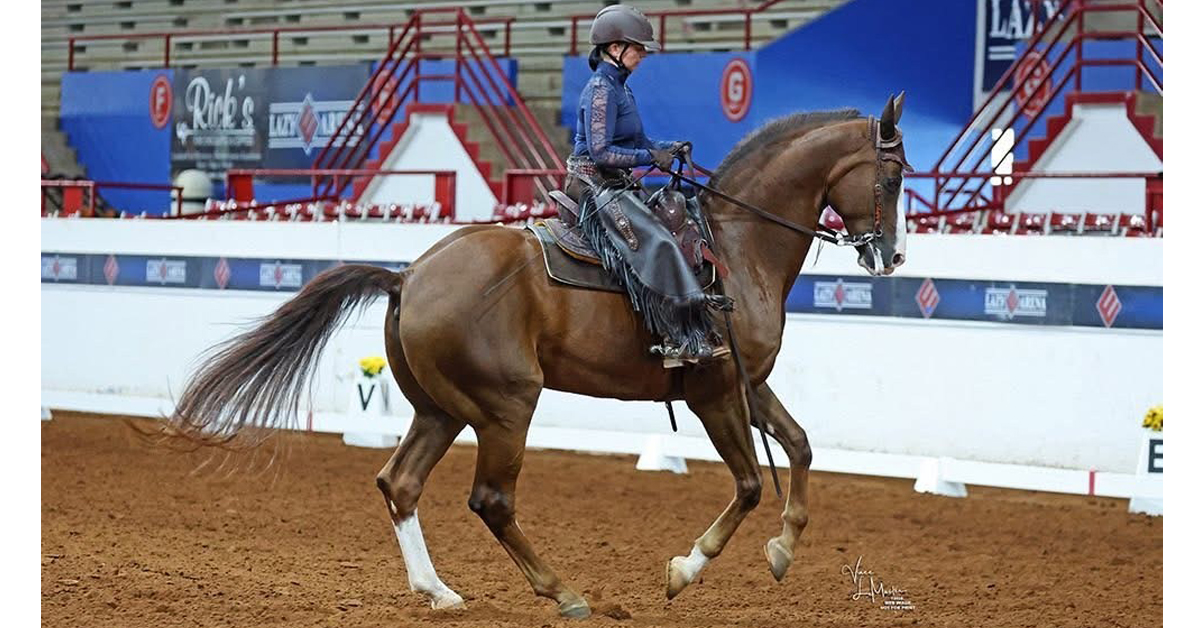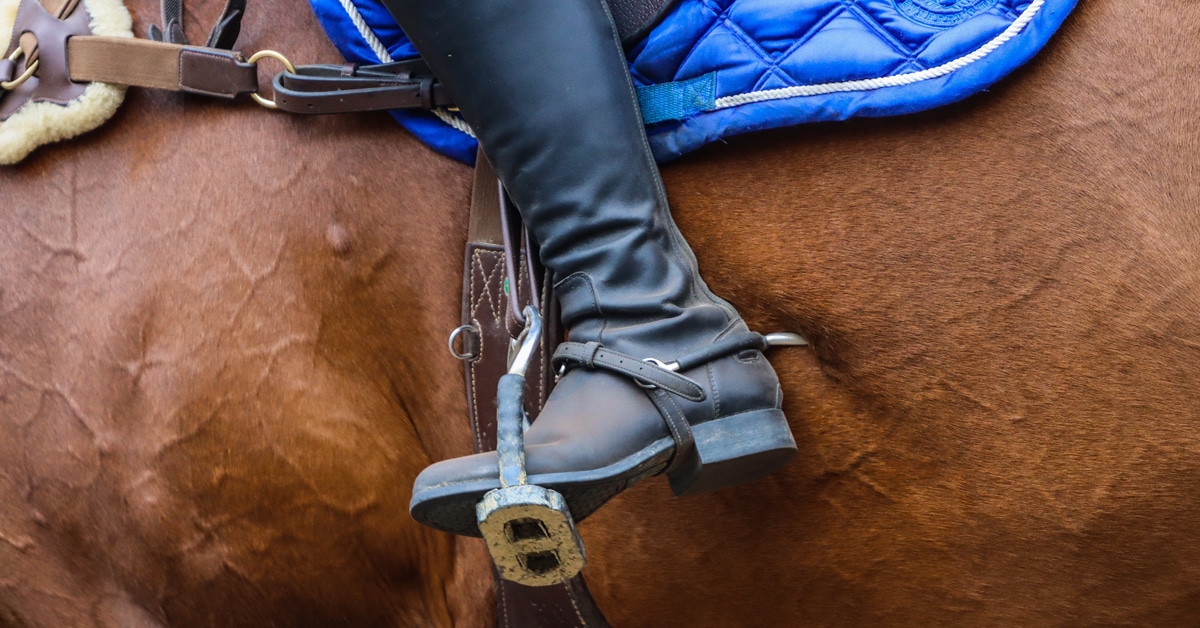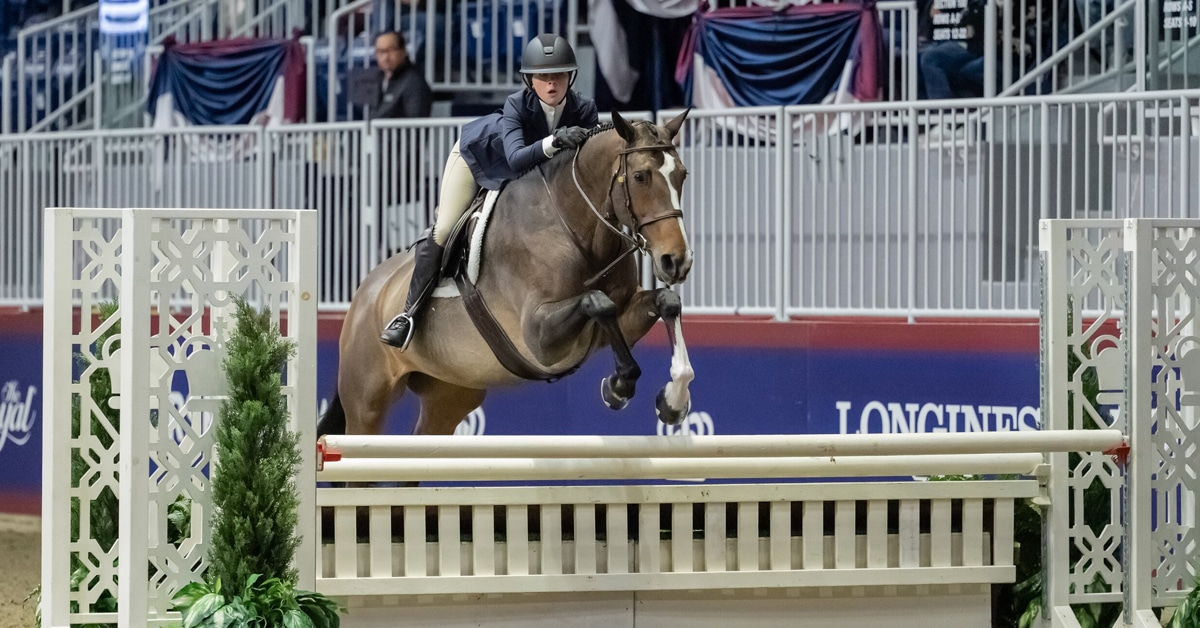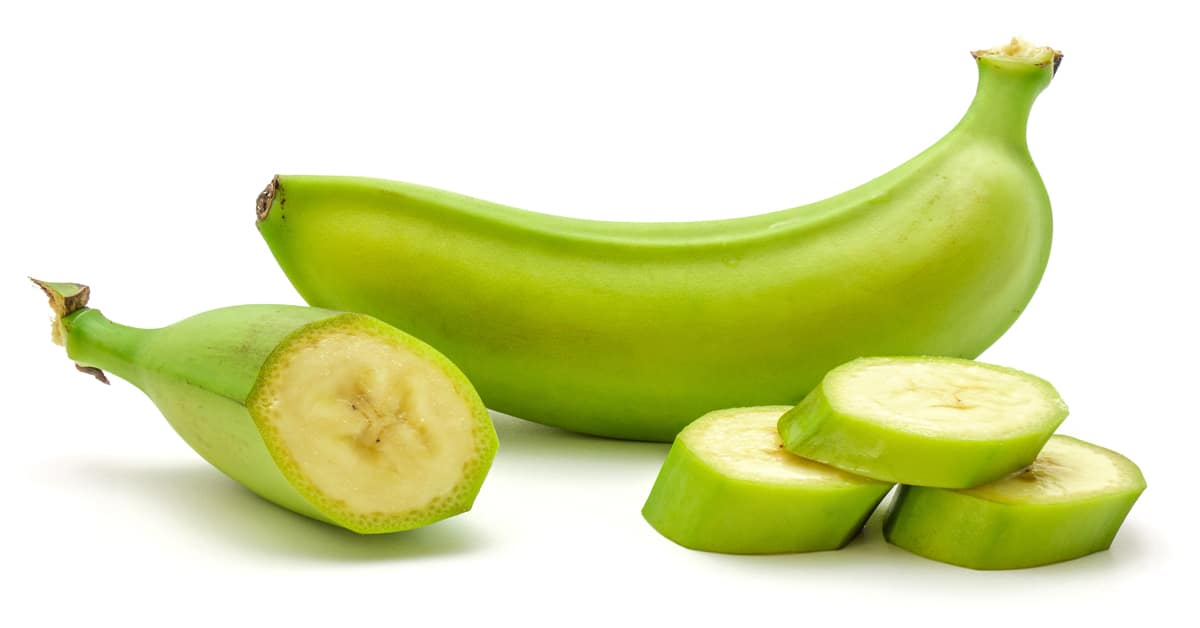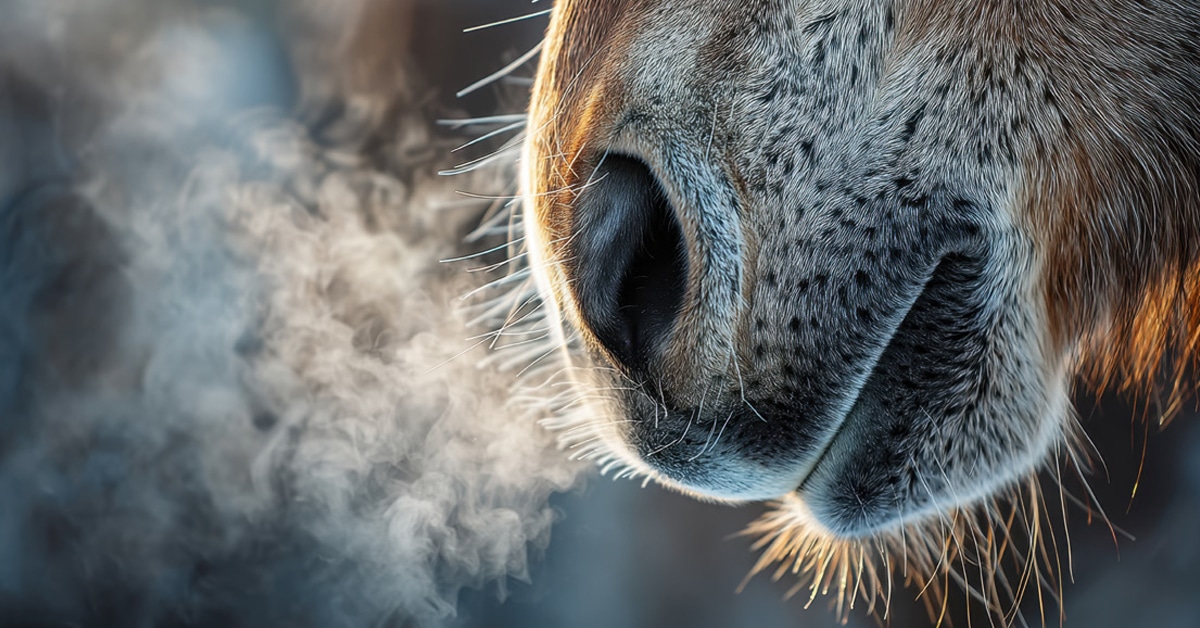There are many reasons why an owner would prefer to feed their horse a diet that has a lower glucose and insulin response. Some horses are sensitive to the glucose rush after feeding and get too “hot” for riding (see “Feeding to Calm the Hot Horse” in the July issue). Other horses may have metabolic issues such as insulin resistance or polysaccharide storage myopathy and require feeds that do not cause much of a glucose response and/or insulin response. However, it should be noted that some horses do in fact require a glucose and insulin response to their meals, particularly athletes that require glucose for glycogen (a major fuel for exercising muscles) synthesis and insulin to stimulate that synthesis.
The majority of simple carbohydrates (sugars and starch) consumed by the horse are broken down and absorbed in the small intestine as glucose, causing an increase in blood glucose concentrations. However, other carbohydrates may be fermented within the stomach (simple sugars or fructans) or the large intestine (mostly fibre, like cellulose and hemicellulose), to produce volatile fatty acids and may have minimal impact on blood glucose concentrations. The increase in blood glucose causes the hormone insulin to be released by the pancreas. Insulin functions to help move glucose from the bloodstream into tissues such as adipose tissue or muscle, thereby decreasing blood glucose concentrations back to normal or baseline concentrations. The rise in blood glucose following a meal is the glycemic response, while the rise in insulin is the insulinemic response.
What is the Glycemic Index?
The glycemic index was developed in human nutrition and medical fields as a means to compare the rise in blood glucose concentrations following the consumption of different carbohydrate sources. The rise in blood glucose concentration to the consumption of straight glucose has a glycemic index of 100. The glycemic load is similar, but also takes into account the amount of carbohydrate in the meal.
In equine research, the glycemic response to different feeds has been reported in various studies. When glycemic index or glycemic load are reported in research, the standard feed that is set at 100 is usually oats, but may be straight sugar (glucose). It should be noted, however, that the use of “glycemic index” as intended by the human definition is not always accurate for horses. This is because horses digest different sources of carbohydrate differently (via fermentation, for example) which alters the rise in blood glucose. Furthermore, the rate of consumption of a test meal may affect the glucose response – unlike in humans, who can be instructed to eat a test meal within a certain time frame. Also, a feed with a low-glycemic response may in fact be undesirable from a digestive health standpoint. The carbohydrates may have bypassed the small intestine with no glucose absorbed and reached the large intestine for fermentation (such as may occur with unprocessed barley and other resistant starches), increasing the risk of colic.
Insulin response
Another consideration regarding glucose responses to feeding is that the insulin response to a meal (important to metabolic health in terms of insulin resistance, metabolic syndrome, and laminitis) does not necessarily mimic the glucose response to a meal. Because insulin is secreted in response to glucose as well as other compounds like amino acids (components of protein), the insulinemic response to a feed may be of greater interest to horse owners. In fact, research has suggested that the glycemic index of feeds do not always match up with the insulinemic index of feeds.
Nonetheless, in studies using similar feeding practices (food consumed within a certain amount of time, all horses under the same dietary conditions, etc.), some valuable information about the glucose response to a feed can be obtained.
There is not always a consistent relationship between feed composition and glucose response or insulin response to feeding, as too many variables come into play – notably differences in calorie content, palatability/consumption rate and processing. However, there are some features that owners can look at to help find feeds that likely have a lower glucose and insulin response; specifically, feeds that are lower in starch and sugar.
Deciphering the feed tag
Owners can get rough estimates of the sugars and starches in their feeds by looking at their feed tag. Only protein, fibre and fat will be on the feed tag, as well as individual minerals and some vitamins. For example, a feed will have some water (about 10%), some ash (minerals ~5%), and variable amounts of protein, crude fibre, and crude fat. If two feeds have similar amounts of protein, they will differ mostly in their fat and fibre amounts – so that a feed that is higher in fat and fibre will likely be lower in starch and sugar.
For example, in the example below, feed #1 would likely have less starch and sugar than feed #2 (assuming similar moisture and ash components).
However, these feeds may also have different calorie contents and other nutrient densities, and should be chosen based on the overall composition, not simply their starch and sugar content.
If a feed does make a claim of being low in starch and sugar, it should indicate what the value actually is (NSC, starch, and/or WSC). Most nutritionists agree that a feed less than 12% NSC (on a dry matter basis) would be considered low. However, the volume fed is crucial. For instance, if a horse is fed 10kg of a 12% NSC feed, he is getting 120 grams of NSC; if he eats 4kg of a 30% NSC feed, he is also ingesting 120 grams, which makes the percentage no longer relevant. Likewise, if a horse is fed a low-NSC concentrate, but fed a high-NSC hay, the benefits of the concentrate may be lost; therefore, horse owners should have their hay tested as well. Similarly, if a product is identified as a “low-GI” feed, the company should have published research to substantiate that.
Less, more often
If you aim to minimize the glucose and insulin response to a meal, you should feed a small amount of the feed and try to increase the length of time it takes for the horse to consume it. My own research has shown that if you slow the feed consumption rate by adding obstacles to the feed tub (we used bocce balls or a handmade waffled base made with lengthwise-cut PVC pipes) and successfully increase the time it takes the horses to eat, you can lower the glucose and insulin responses even to a relatively high-NSC feed. We also had similar findings by simply splitting the horse’s daily feed intake into three smaller meals per day. Other management strategies such as using multiple feed tubes or commercial trickle feeders may also work.
Owners are encouraged to work with an equine nutritionist to determine what feeds best suit their horse’s needs, taking into consideration what hay or pasture they are consuming, as that should always be the focal point of the diet.
The Latest
